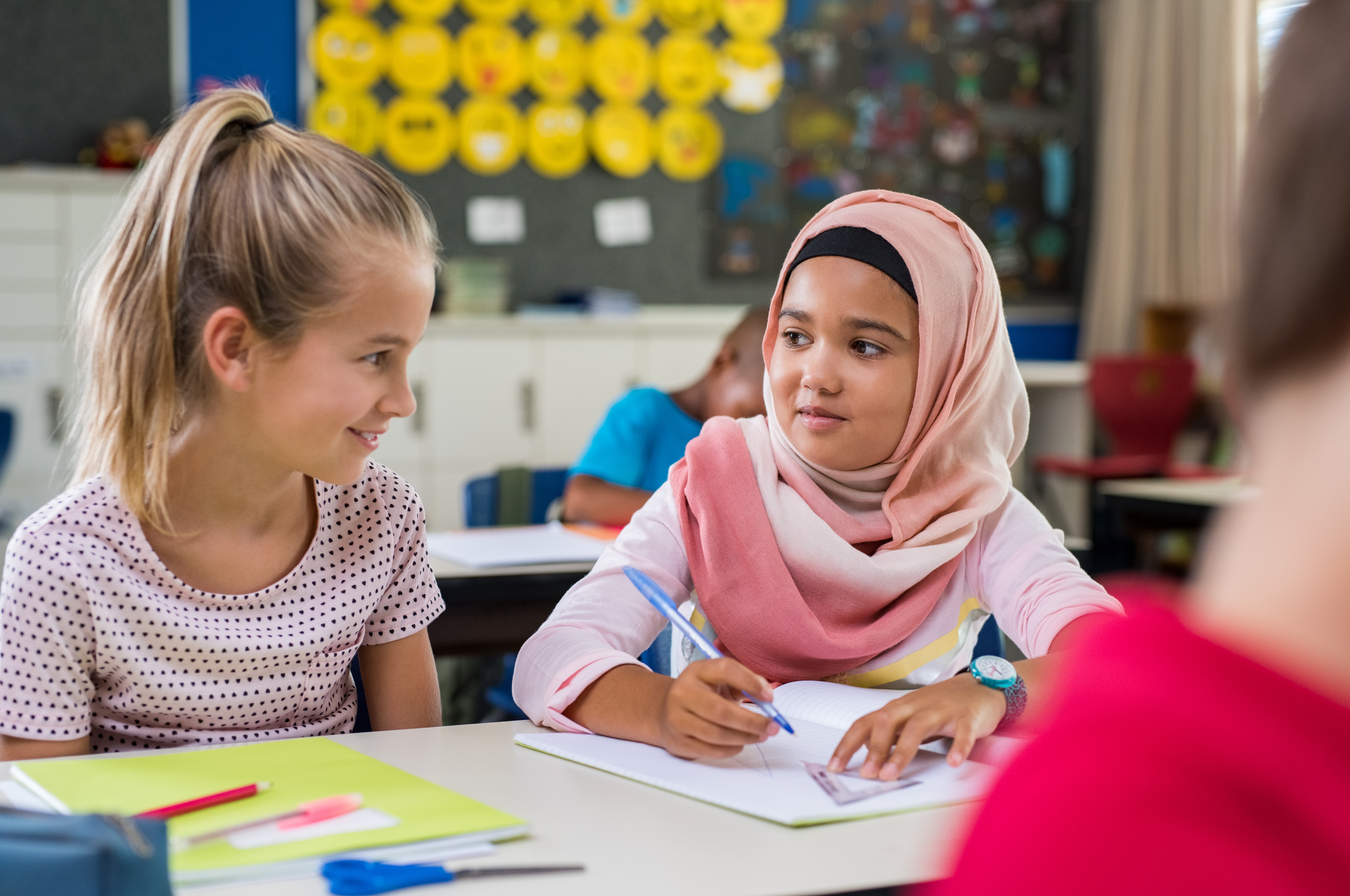Educators work tirelessly to create schools that provide students safety, predictability and active learning, and buffer what lies outside in the “real world.” With the immediate call for shelter in place, I, along with many educators, was concerned about students questioning their safety, experiencing anxiety, suffering trauma endured in unsafe environments, and fearing falling behind in schooling expectations. And now, with schools uncertain about what the 2020-21 school year will look like, I’m also concerned about not being able to assure students that school as they knew it prior to COVID-19 will ever resume.
The pandemic had us pivoting with little preparation, and this disruption has been a powerful reminder of how important social-emotional and behavioral (SEB) skills are for all of us. The concerns children have voiced during shelter in place should set the stage for how we mitigate the anxiety, fear and disconnect the pandemic has created. Fortunately, those practices that are associated with strong outcomes for students who have experienced trauma are practices that are bridges to productive learning, too. With the uncertainty around how the school year will unfold, it is wise to plan in advance the learning of key practices that will be generalizable to different formats of schooling should it be necessary for us to pivot again.
Educators must amplify the practices we know to be associated with both SEB and academic learning in the context of MTSS. Specifically, we must lean into solutions that address several of the “load-bearing walls” of MTSS (McCart & Miller, 2020): data, evidence-based practices and teaming.
Data
While we might not have access to the same data sources as we have in years past, we do have data. Connect with students’ former teacher(s), students’ parents, and your students themselves to inform your next steps. Create the following list of students and needs:
- Who were we concerned about pre-shelter in place and in what ways? What did your universal screening data indicate?
- Which students were we not as concerned about (students who were on track and low risk) that we are now concerned about after sheltering in place?
- Who has self-nominated as having a difficult time?
- Whom have parents expressed concern about?
When we look at these lists, we can think about how it helps us plan differently for our Universal Support (Tier 1), as well as plan differently for students who may need Additional or Intensified Supports (Tiers 2 and 3).
Evidence-Based Practices
Many concerns have surfaced around students questioning their safety, experiencing anxiety or fearing that they’ll fall behind in school expectations. Here are several practices to mitigate those concerns.
Create strong teacher-student relationships.
Focus early on establishing relationships with students and families/caregivers, as well as strengthening relationships between students. Not only does this serve as a foundational piece for safety, nurturing and emotional security, it will be essential if we find ourselves having to make adjustments given the uncertainty of COVID-19. Try the 10•2•10 routine (checking in 10 times, for 2 minutes, for 10 days). You can do this in person or virtually through a video conference, email, text, or call.
Create strong classroom routines and expectations.
Think about routines that can adapt to different classroom configurations, should it be necessary to pivot mid-fall. Classroom routines that have a community element to them allow students to be seen, heard and understood. For example, you could start the day in a circle with students filling each other’s buckets, sharing their readiness level for learning (red, yellow, blue zones), and ending with something they want to focus on for the day. This can be done in person, virtually or even through a class phone tree.
Provide frequent and positive feedback.
This practice has a strong evidence base for academic learning and encourages student engagement. It can also help quell anxiety, boost confidence, strengthen relationships, and improve learning.
Teaming
The pandemic has brought new appreciation and need for strong and healthy teaming structures at all levels. To maximize support for SEB in this coming year, here are considerations for different teaming structures:
School Leadership Teams
Add or emphasize the importance of self care for the entire school staff. Two different, but related, resources to get you started include a compiled list of resources by Dr. Lucy Vezzuto at the Orange County Department of Education, and a self-assessment for educators related to self care in the context of SEL in the classroom.
Department or Grade-Level Teams
Take time to mine strengths that can be leveraged this school year. This may include acknowledging teaching, technology or relationship-building strengths. Educators are, by nature, a particularly humble group. Celebrate those strengths and lean into each other this next year more than ever!
Teaching Teams
Reflect on how sheltering in place impacted your ability to be successful with your planning — especially the ability to meet SEB needs virtually. Take those lessons learned and use them to strengthen your planning process this year, with an eye toward creating a flexible plan that can withstand changes to educational delivery.
Get More Advice in Our SEB Before ABCs Playbook
School closures caused more than learning loss. The events that took place in the spring impacted students socially and emotionally, too. Ensure students are in the best position to close skill gaps when instruction resumes. Download our playbook, SEB Before ABCs, for even more expert tips for supporting students' SEB needs from the district to the classroom. Fill out the form below to get the playbook.



![[eBook] Get the Whole Picture: Using Social, Emotional and Behavioral Assessments to Support Student Success](https://5196620.fs1.hubspotusercontent-na1.net/hubfs/5196620/AdobeStock_157265506.jpeg)




